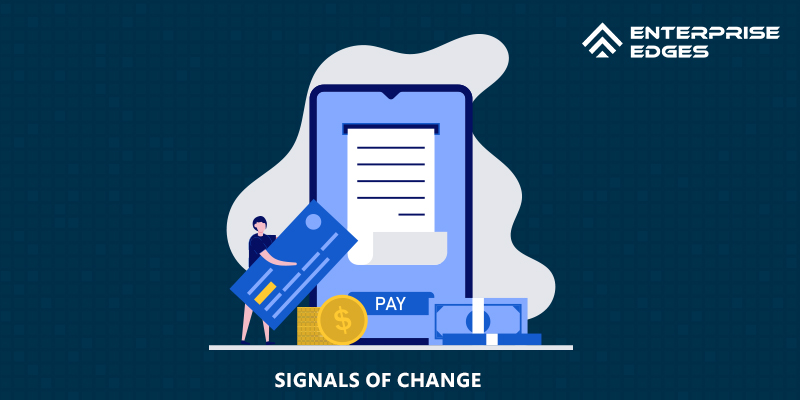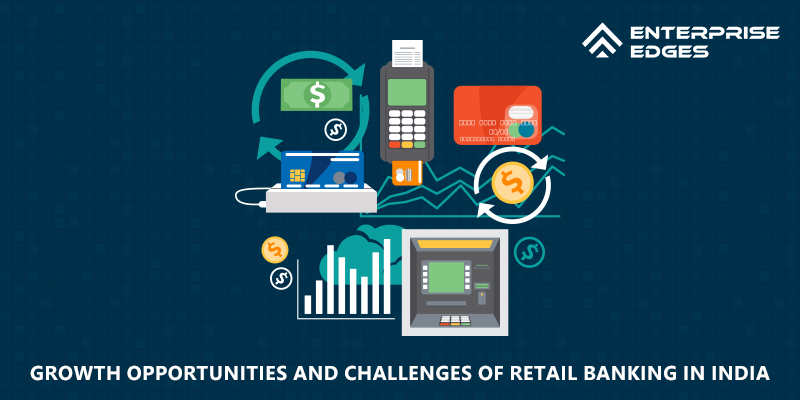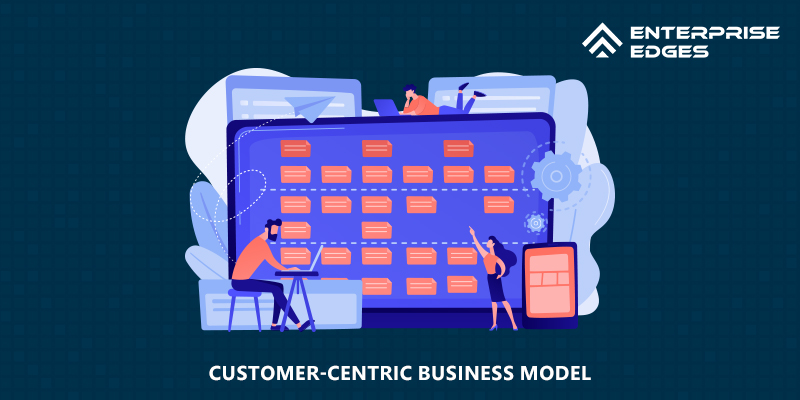Introduction To Retail Banking Industry In India
Retail banking refers to the delivery of financial services by a bank to individual customers rather than to corporate clients, companies, or other banks. The main retail banking products include savings and transaction accounts, mortgages, personal loans, debit cards, and credit cards.
India experienced a surge in retail banking after introducing financial sector reforms in 1992. The retail banking industry in India has fast emerged as one of the major contributors to the overall growth of the banking sector in the recent past.
In the current business environment, the Indian banking industry is putting strategic emphasis on retail banking products to ensure profitability and lasting customer relationships. This is clear in rising trends in retail loans and deposit shares on commercial bank balance sheets and a persistent increase in the number of bank branches.
Signals Of Change
Now, retail banking is facing an even more complex environment than before. While the COVID-19 pandemic has reshaped the socio-economic landscape, customers’ needs and expectations continue to evolve. Here are various signals showing the need for change in the retail banking industry.

- Customers: Accelerating customer expectations have shifted the banks’ priorities. Banks that can deliver seamless and personalized customer experiences will be best placed and will grow their market share.
- Competitive: The existing banks are being challenged by Neo banks and other non-traditional participants. The customers will turn to such alternative providers if their needs are met more effectively.
- Economic: The adverse economic headwinds of a pandemic will challenge retail banking margins. It is causing retail banks to improvise and expand their current mode of operations to digital platforms and other available options to achieve profitable growth.
- Regulatory: Retail banks will need to consider how well they are organized to comply with regulations focused on increasing competition, supporting vulnerable customers, greater resilience, and increased cybersecurity.
- Technological: Banks will need to invest in current technologies to enable profitable growth and substantially reduce the cost of operations through automated processes.
Growth Opportunities And Challenges Of Retail Banking In India
The retail banking industry has massive opportunities in a growing economy like India. There is a rise in the middle to high-income Indian households, which is expected to continue. Another contributing factor is that the younger population not only wields greater purchasing power but also as far as acquiring personal debt is concerned, they are more comfortable than previous generations.

The combination of these factors assures significant growth in the retail sector, which at present is in the budding stage. While retail banking offers tremendous growth opportunities, the challenges are equally daunting.
- Bankers view customer retention and attracting new customers as one of their top challenges.
- Rising indebtedness is also an enormous challenge for Indian retail banking in India.
- The key emerging FinTech trends pose both opportunities and challenges.
- Banks need to find a way to distribute financial services and retail banking products across all direct and digital channels.
Priorities For Future Of Retail Banking In India:
The traditional banking business model is simply not viable for the holistic growth of the economy. Banks need to take a stance against the future landscape and uncertainties, so here are priorities for the future of retail banking that will take India a step closer to full financial inclusion.
1. Customer-Centric Business Model

Banks will organize themselves according to their customers instead of products or channels. They will recognize their customers’ uniqueness and will tailor their offerings to meet their needs rather than pushing their products.
2. Social Media Will Be The Media
In the future of retail banking, social media will be the primary medium to connect, engage, inform and understand the customers’ behaviour. It will also be a platform where customers would research and compare banks’ offerings.
3. Customer Relationship

Enhancing customer trust is the foremost investment priority for the retail banking sector. Customers want their banks to be socially responsible. Banks will remarkably benefit by taking a leadership role in the public debate. Banks will inform and educate society on basic financial skills, economics, and the fundamental benefits of banking.
4. Cybersecurity
Cybersecurity is crucial to maintaining long-term customer relationships because customers are growing more concerned about data privacy and security as their personal information and financial life migrate online. Banks need to develop strategies that are aligned with their business requirements, risk-management protocols, and regulatory requirements.
5. Business Process Outsourcing
Outsourcing various retail banking processes would save time and cost of operations. Besides, it will help banks in concentrating on core business areas. Banks will devote more time to marketing, brand building, and customer services.
Conclusion
The financial services industry including retail banking is undergoing dramatic changes because of rapidly changing customer behaviour, increasing expectations, channel proliferation, disruption, innovation, and new technologies.
Governments across the globe view retail banking as a key to achieve complete financial inclusion. The retail banks will need to address these priorities and ensure they are well-positioned to succeed in the future.
